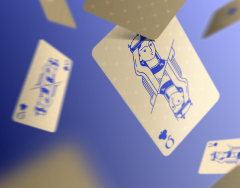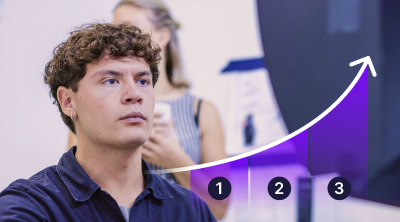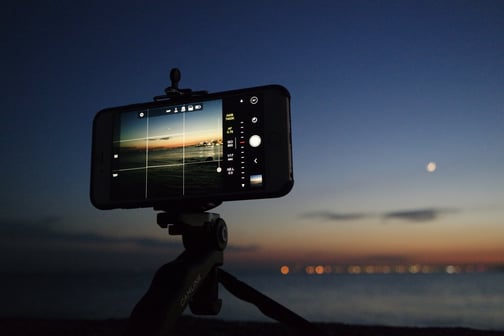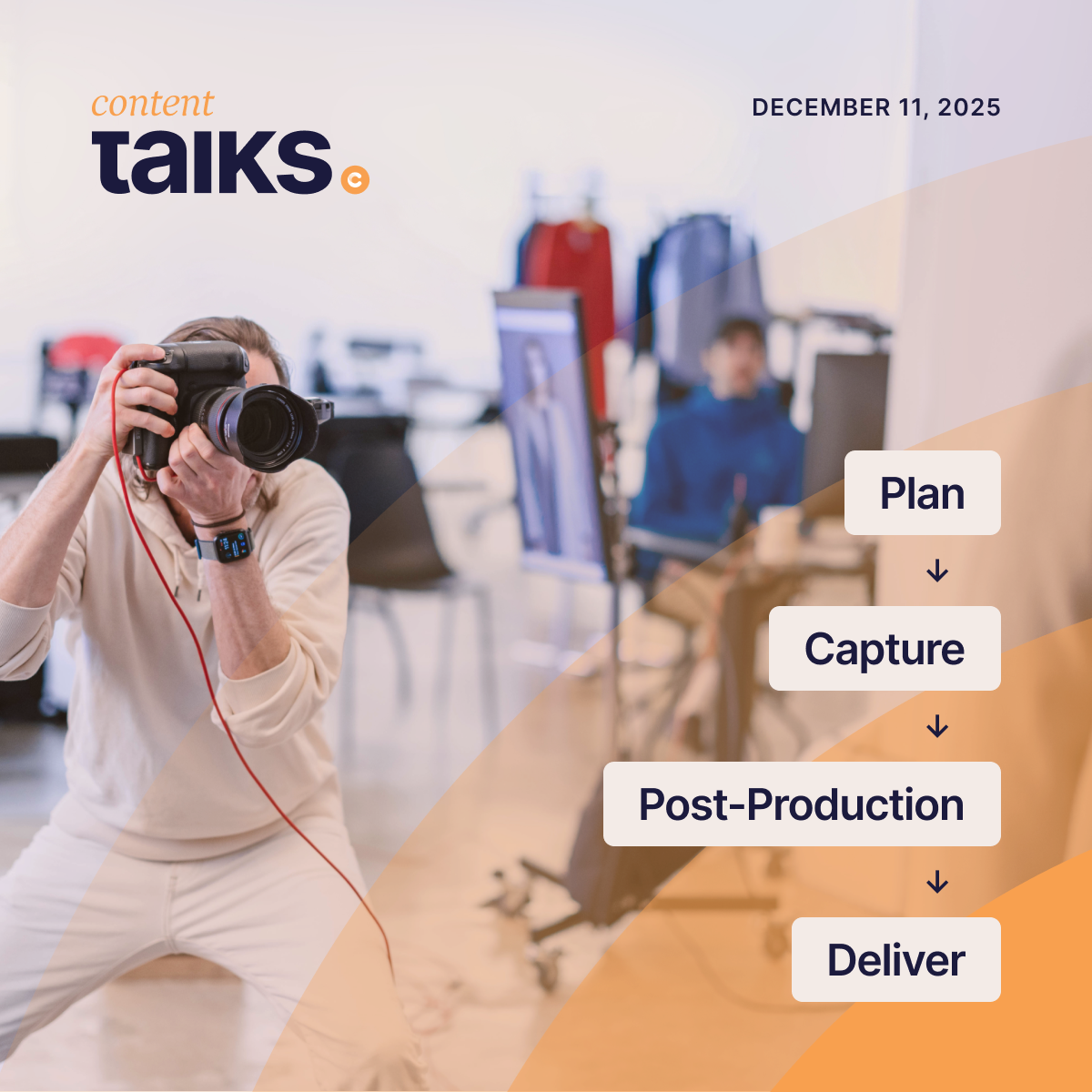What is the future of image production, today?
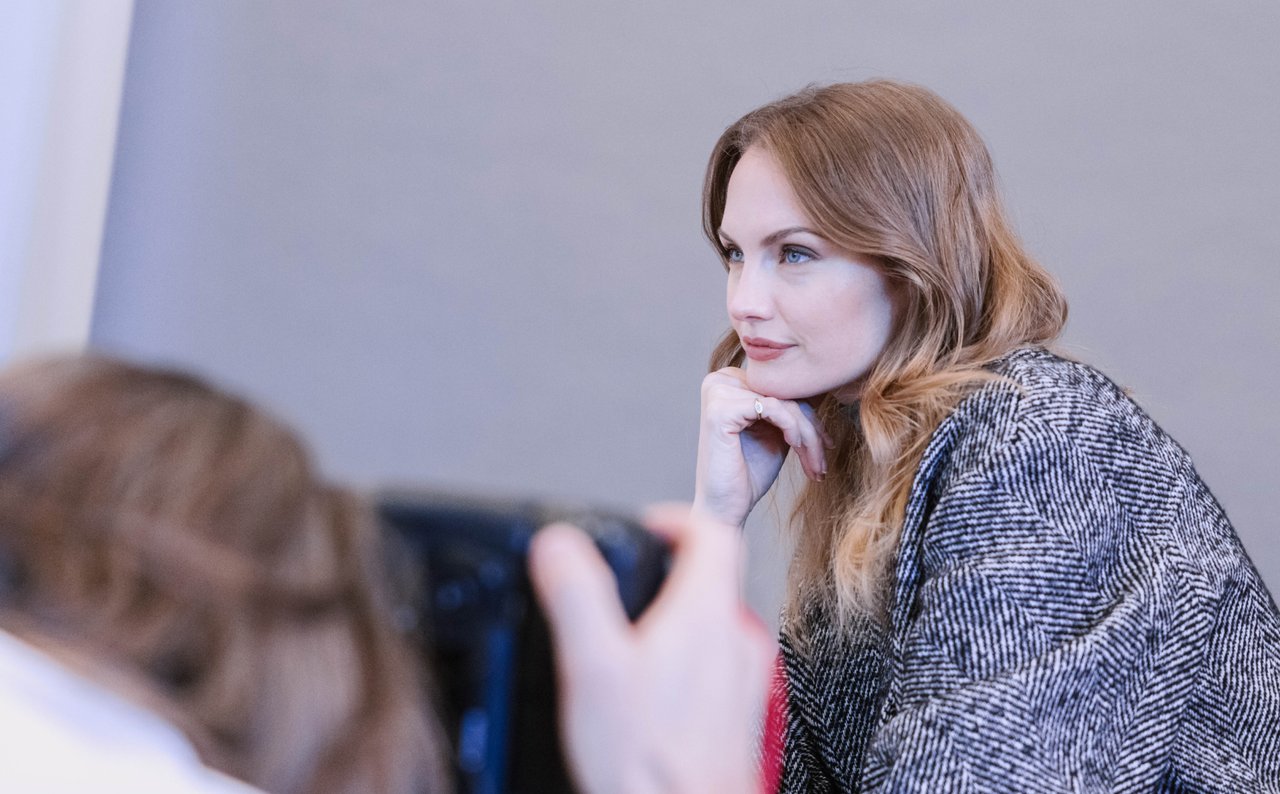
Introduction
Images have always been a powerful means of expression, from communication to documentation. But from the earliest cave paintings to oil paintings, from black and white photography to digital art, the way we produce and consume images has evolved. Today, we are at a unique moment in history where technology is advancing at an unprecedented rate, and it's transforming the way we create and share images. As a result, it's becoming increasingly important to consider the future of image production and what it might look like.
In this piece, we'll explore the future of image production and how it might evolve over the coming years. We'll examine how photography, digital art, and artificial intelligence are already shaping the landscape of image production, and how a few other emerging technologies such as blockchain and even virtual try-on could impact the field. Hopefully, by the end of this post, you'll better understand the trends, opportunities, and challenges facing image production today and in the years to come.
Photography
Photography has come a long way since the days of the first camera obscura. Over the past century and a half, we have seen the development of new film types, lenses, and camera designs that have pushed the boundaries of what is possible with this medium. In recent years, we have seen the emergence of new photography trends that are changing how we capture and consume images.
One of the most significant trends in photography today is mobile photography. With the widespread availability of high-quality cameras on smartphones, more people than ever are capturing and sharing photos on a daily basis. In addition, mobile photography has enabled a new wave of creativity, with photographers experimenting with new techniques and perspectives that were previously difficult to achieve with traditional cameras.
Drones have also opened up new possibilities for capturing aerial photos and videos, allowing photographers to capture stunning landscapes and perspectives that were previously out of reach. As drone technology continues to improve and become more affordable, we can expect to see even more creative uses of this technology in the future.
And finally, entire photography workstations like Orbitvu, include everything from 360 spins and lights to video and integrations with your existing software and operations. Being able to take full advantage of photography automation solutions like this removes a lot of the possibilities for mistakes and simplifies the entire image production workflow.
In the future, photography is bound to break new ground and transcend the limits of what was once deemed achievable. With groundbreaking advancements in sensor technology, cameras are anticipated to transcend their present capabilities, expanding the ability to capture high-quality images in a spectrum of lighting conditions. Furthermore, technology is expected to foster brand-new areas of photography, including computational photography, a process that integrates algorithms and machine learning to elevate the enhancement and manipulation of images to unprecedented levels of creativity and novelty.
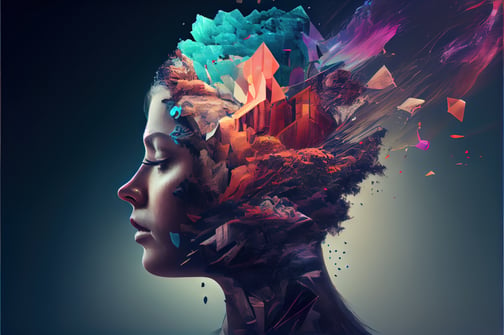 Artificial Intelligence
Artificial Intelligence
You can't talk about image production today without at least mentioning Artificial intelligence (AI). AI has the potential to revolutionize the field of image production in a number of ways.
One of the most significant ways that AI is currently being used in image production is through image recognition. AI algorithms can be trained to recognize objects and patterns in images, which has a wide range of applications, from automated image tagging to automated editing and "fixing" images for production.
Another way that AI is being used in image production is through generative art, like what's coming out of vAIsual. Generative art uses algorithms and machine learning to create art that is constantly evolving and changing. This has opened up new possibilities for creating art that is both unpredictable and dynamic. How far it could go in the future is anyone's guess.
As we look forward, the power of artificial intelligence (AI) could assume an increasingly dominant role, with its transformative influence set to revolutionize the very bedrock of this field. With the relentless march of progress, AI algorithms are poised to ascend to ever greater heights of sophistication, enabling a vast array of novel applications, including automated image editing and manipulation, the likes of which were once the stuff of science fiction.
Digital Images and Virtual Reality
Digital images refer to any art form that is created using digital technology, such as computer graphics, digital photography, and digital painting. In recent years, digital art has exploded in popularity, thanks in part to the rise of social media and online marketplaces.
Another trend in digital art is the use of virtual reality (VR) technology. VR allows artists to create immersive, three-dimensional environments that viewers can explore using a VR headset. This has opened up new possibilities for interactive art and eCommerce experiences, allowing viewers to engage with images in a more tactile and immersive way.
As technology continues to improve, we can expect to see new tools and techniques emerge for creating and displaying digital images, such as advanced rendering algorithms and more sophisticated VR hardware. Additionally, we can expect to see new forms of digital art emerge as technology continues to evolve, such as generative art, which uses algorithms and AI mentioned above to create art that is constantly evolving and changing.
Read more about ai in eCommerce photography here →
 Other Emerging Technologies
Other Emerging Technologies
- Blockchain
- Blockchain technology has the potential to change the way we track the ownership and authenticity of images. By creating a tamper-proof and decentralized ledger of ownership, blockchain could help artists and creators protect their work and ensure that they are properly compensated for their contributions.
- 3D Printing
- 3D printing technology is already being used to create physical objects from digital designs. In the future, we could see 3D printing technology used to create three-dimensional versions of digital images, allowing viewers to interact with and experience the image in a more tangible way.
- Augmented Reality
- AR technology overlays digital information onto the real world, creating new opportunities for interactive and immersive image experiences. For example, an AR app could allow users to point their phone at a mural and see a digital version of the artist creating the mural in real-time.
- Virtual Try-On
- In a mix of augmented reality, virtual reality, design, photography, and more, Looklet is creating high-quality product photos without the need for photoshoots or models. They're doing a lot of virtual try-ons, stating, "Our technology helps teams create high-quality product photos without the need for elaborate photoshoots or models.” Save production costs with your own in-house studio that automates capture, retouching, and image publication for your eCommerce apparel. With fast capture, and flexible styling post-capture capabilities (never shoot another evergreen product again!) save on production and use your budgets for delighting your target customer with personalized tech such as Looklet's new virtual try-on product, Looklet Dressing Room.
- Faster Computers
- Quantum computing has the potential to revolutionize the way we process and analyze large amounts of image data. With its ability to perform complex calculations at unprecedented speeds, quantum computing could enable new forms of image analysis and processing that are currently impossible with traditional computing technology.
As we have seen throughout this post, the future of image production is full of possibilities and potential. From the continued evolution of photography to the emergence of new forms of digital images and the transformative potential of AI, the next few years are likely to bring many exciting developments in this field.
Ultimately, the future of image production will be shaped by a complex interplay of technological, cultural, and social factors. By staying informed about these developments and engaging in thoughtful discussions about their implications, we can help ensure that the field of image production continues to evolve in a positive and productive direction.
So, let us embrace the future of image production with curiosity, creativity, and responsibility, as we continue to use images to express ourselves, share our experiences, and capture the beauty of the world around us.

